When designing terrariums, the goal is often to create a luscious environment with all the texture and detail of a living ecosystem.
There’s no better way to achieve these designs than by using wood and stone, and I revere Dragon Stone as the king of hardscape materials.
Earthy hues and a striking scaly appearance are the signature traits of this stone. Although much of the design work is done for you – there is a myriad of ways you can utilize it to transform your terrarium into something truly unique.
In this article, I’ll show you why you need it, where to buy it, and how to make the most of its features.
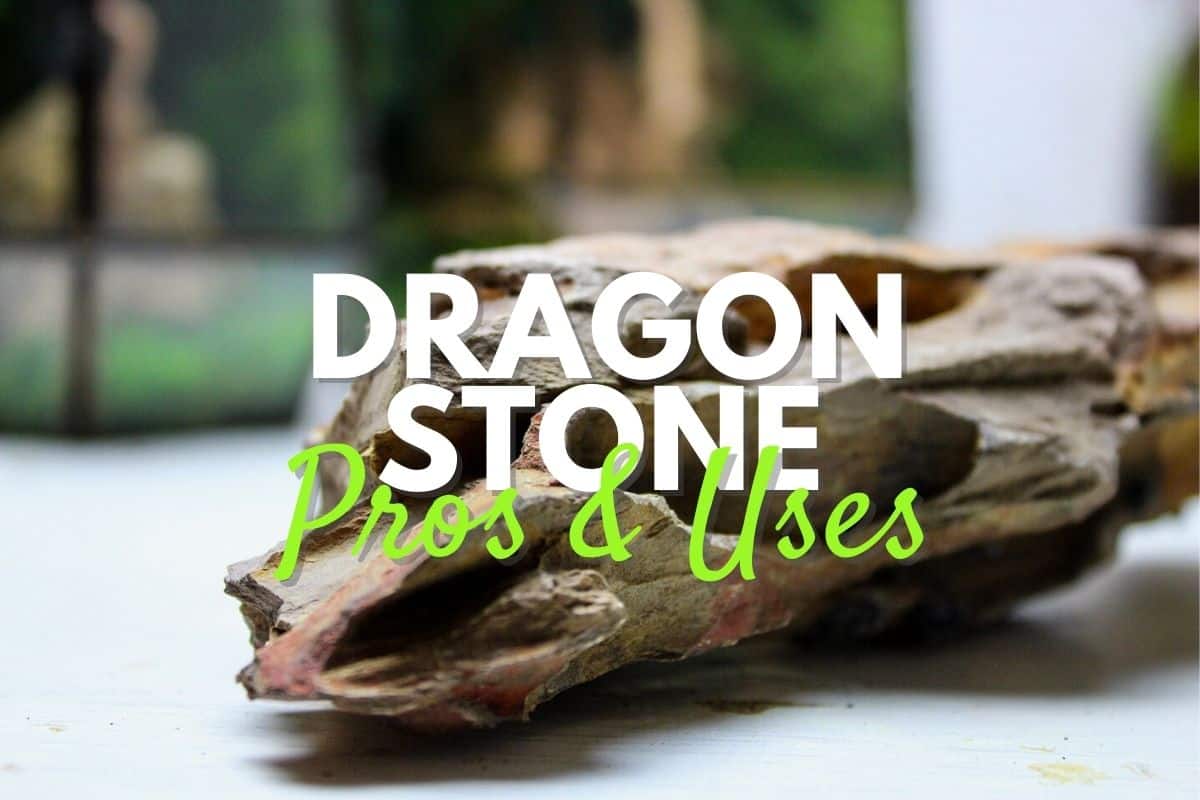
Terrarium Tribe is reader-supported. When you purchase through links on our site, we may earn an affiliate commission (at no further cost to you). 💜
What is Dragon Stone? (Ohko Stone)
Dragon Stone, traditionally known as Ohko Stone, is a classic sedimentary rock comprised of clay minerals and organic materials.
Commonly associated with Japan, it can be found washed up on shorelines across the country, but it’s also found naturally elsewhere in the world.
It’s formed by rolling waves compacting minerals into a lightweight clay substance, which over time erodes to create the crevices we love.
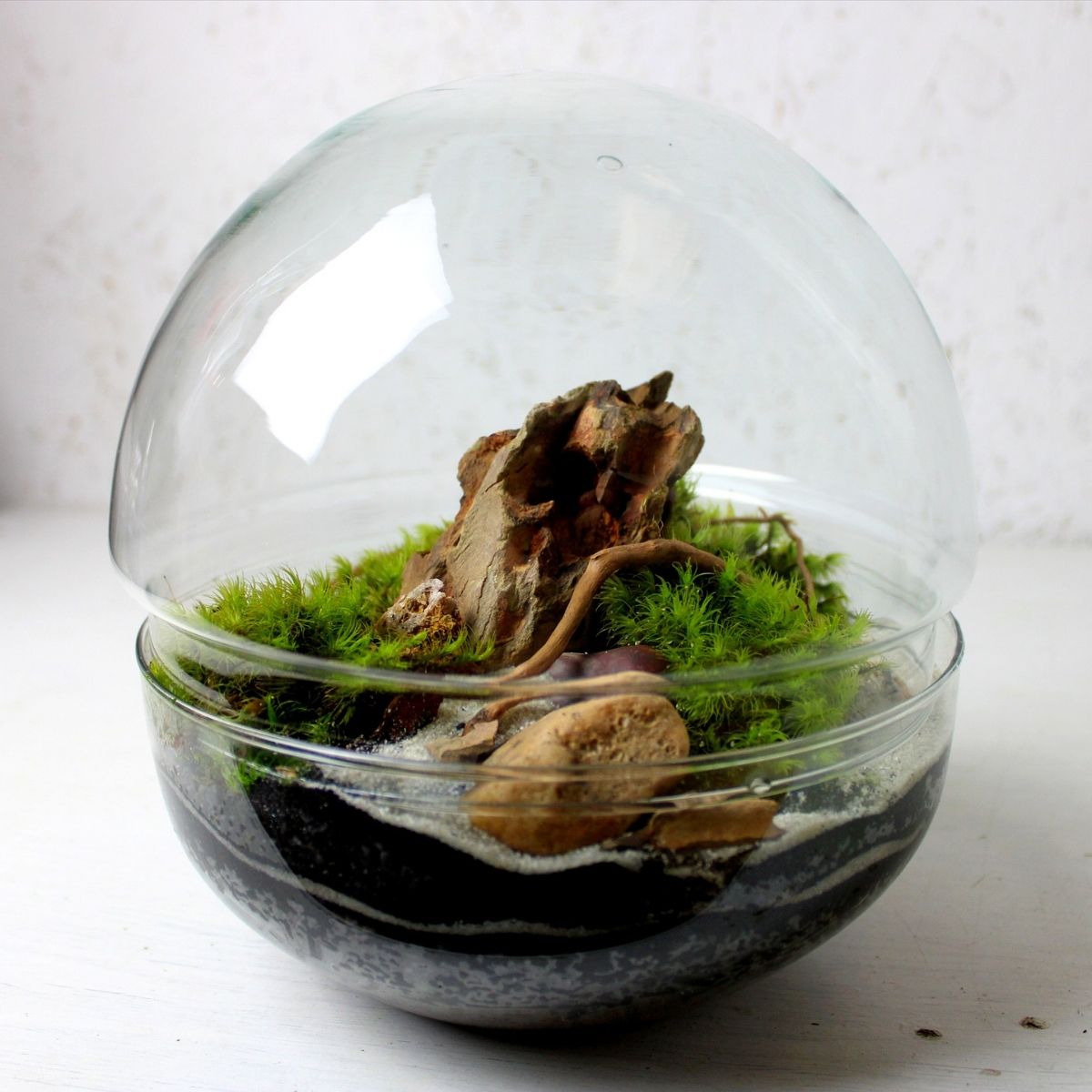
So, let’s take a closer look at why it’s so popular…
Why Use Dragon Stone?
In addition to its warm tones and gorgeous grooves, Dragon Stone offers a handful of advantages to its user:
- It’s Lightweight. Despite its dense appearance, Dragon Stone is an exceptionally lightweight material – especially compared to many other terrarium stones (cough, Seiryu Stone). This allows it to be stacked and positioned easily.
- It Breaks Down Easily. Where you may find yourself having to work around other materials, Dragon Stone can work around you. As it’s clay-based, it can be broken apart with relative ease, providing many opportunities to manipulate the stone into different shapes and structures.

- It’s Inert. Though it’s rarely a consideration factored into the design of a terrarium, Dragon Stone has a relatively neutral PH level and will not impact the life of your plants or microfauna.
- Creative 3D Planting. The cracks and indents of Dragon Stone are exceptional anchoring points in which plants and moss can grow over time.
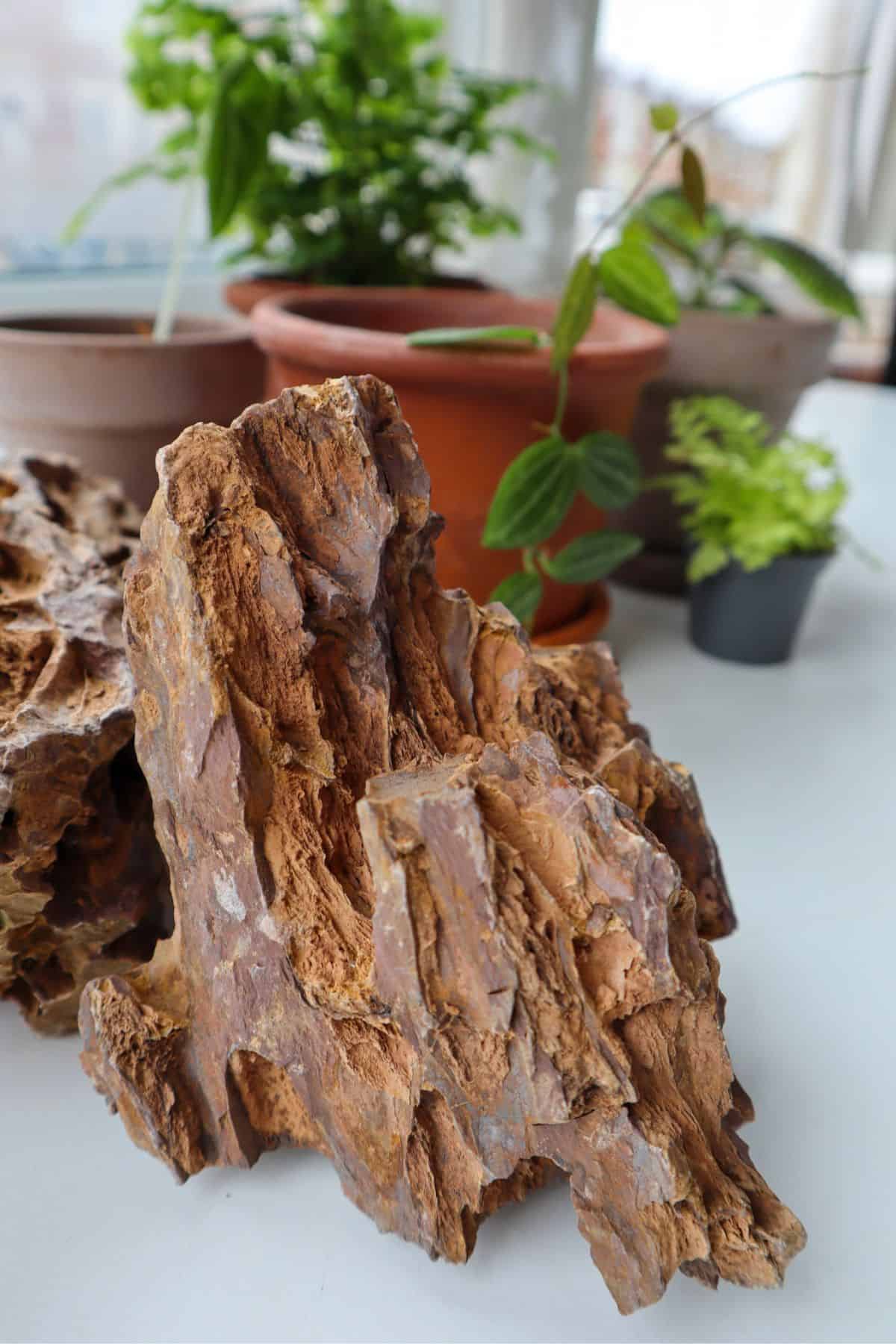
👉 Shop our Dragon Stone for sale.
How to Use Dragon Stone – 3 Ways
1 | Mountains
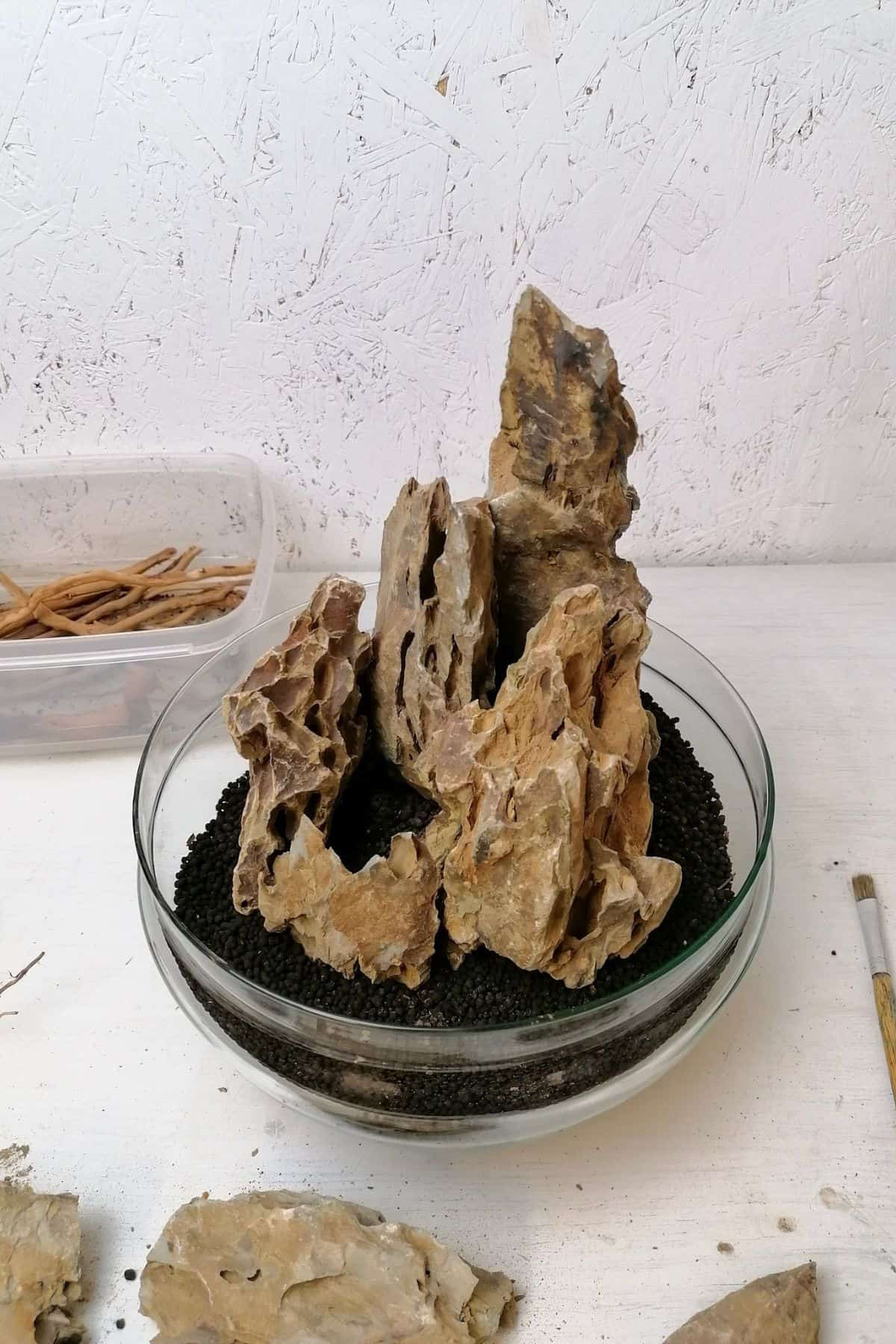
Perhaps the most innate use for Dragon Stone is to create a mountainous scene, but beyond a lone monolith, there are other ways to elevate this idea:
- Try two stones to resemble a mountainous valley.
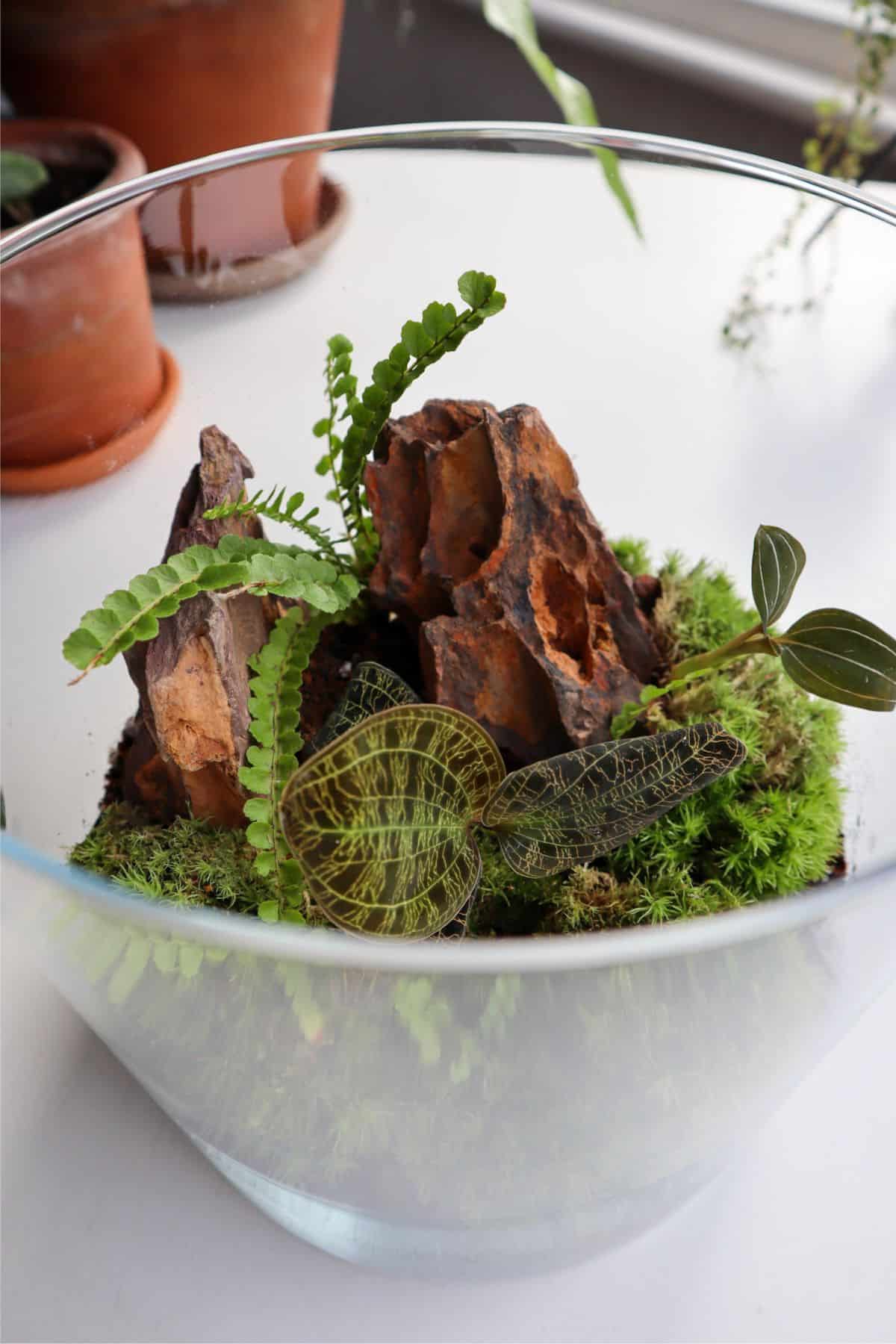
- Opt for a full-on mountain range.
You can do this by breaking your stone into pieces and positioning the largest in the center with smaller pieces cascading around, giving the impression of a real mountain range.
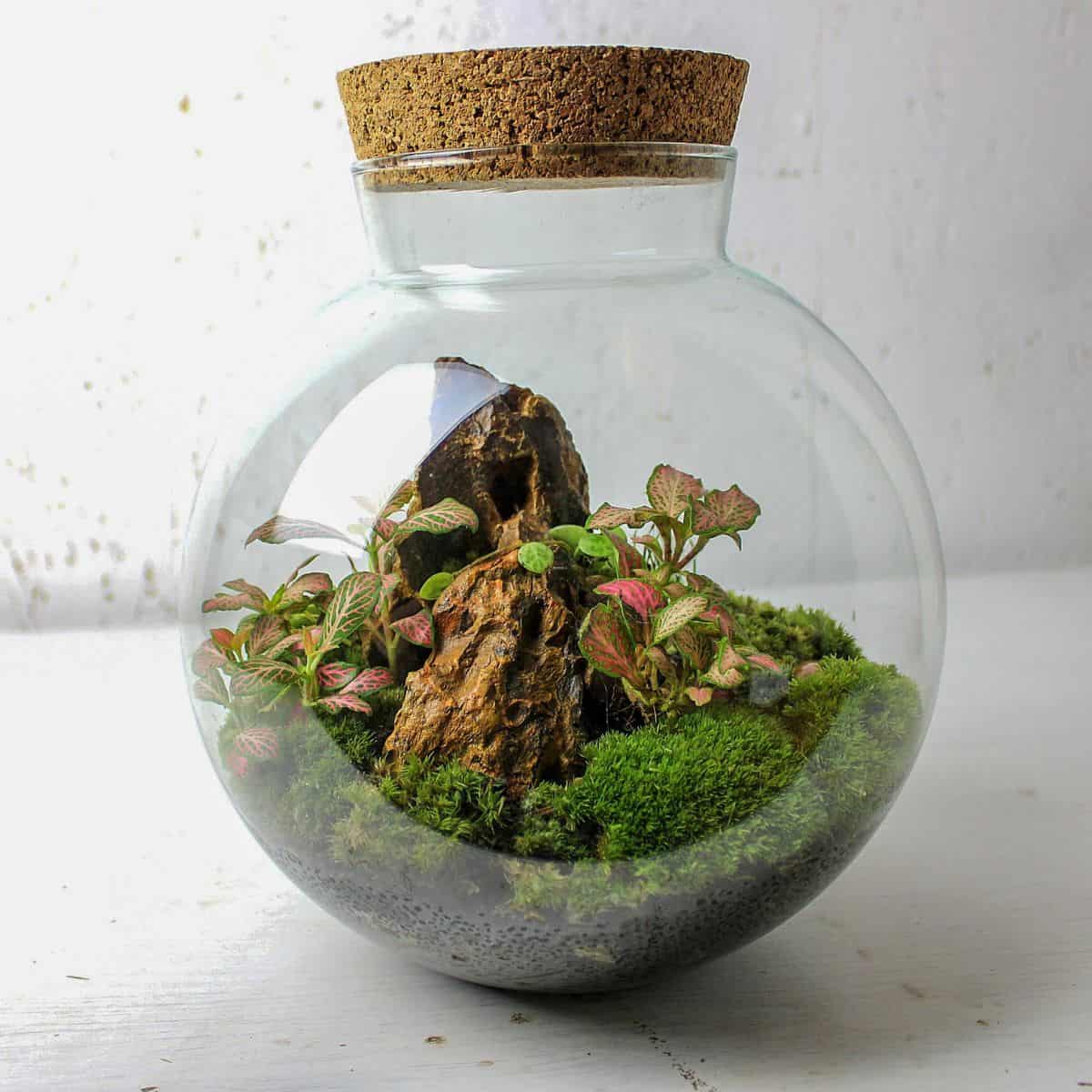
If you’re choosing this methodology, a quick hack to achieving an organic feel is to match the direction of your stones with one another, creating parallels.
- Assemble several Dragon Stone pieces to create a truly unique mountainous piece.
Dragon Stone is easy to break down and put back together, too – with help from a sticky friend.
Broken pieces of Dragon Stone can be super-glued back together into new shapes to create magnificent structures you would not find otherwise.
Just be sure to choose one that dries clear…
2 | Caves
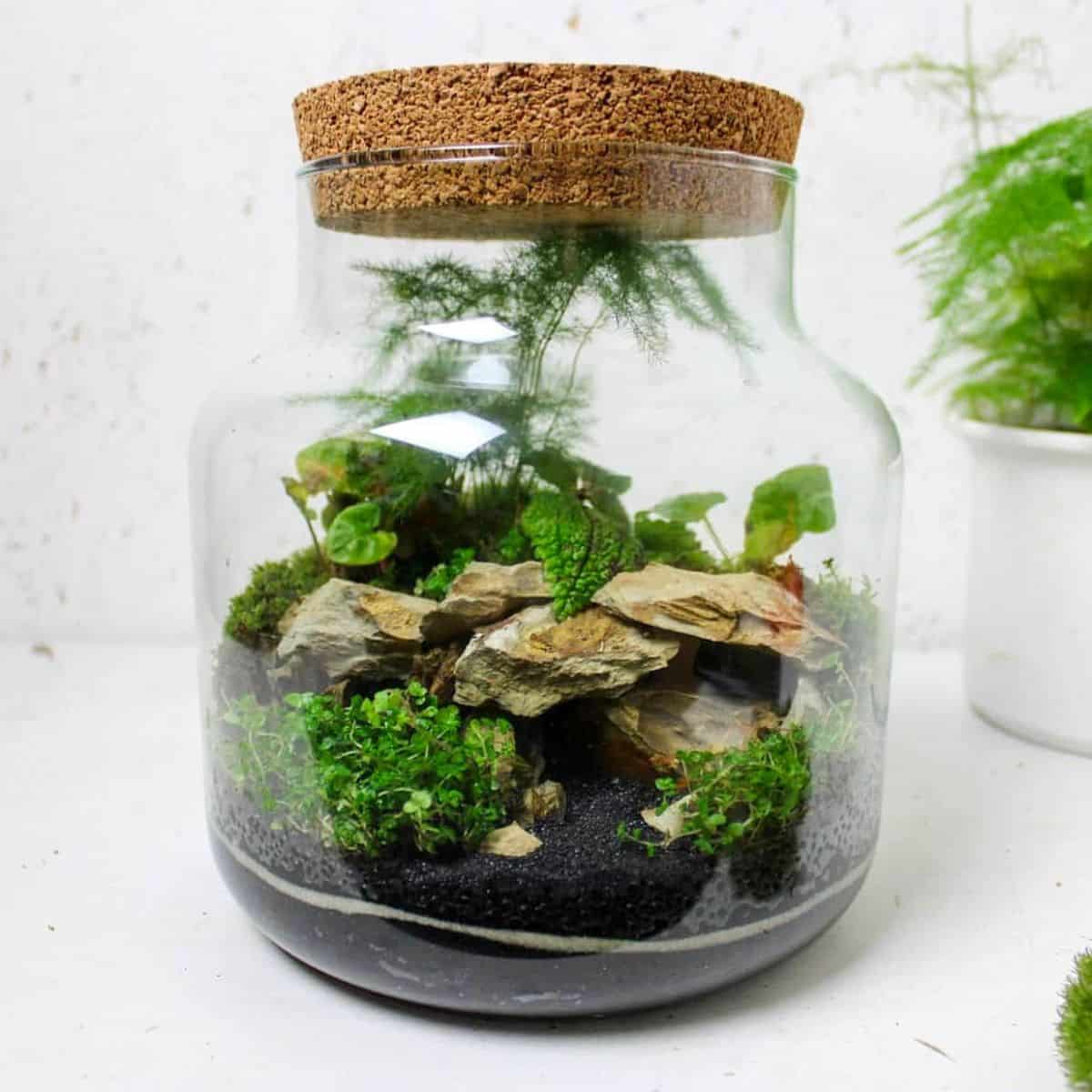
There’s something so dark and mysterious yet curiously inviting about a cave entrance. Within a terrarium, it adds a layer of intrigue as to what lies beyond.
And luckily for us, they’re easy to construct.
At its most simple, you can use three flat-ish pieces of dragon stone to create your classic ‘n-frame’ cave (I totally just made that term up).
Secure two upright pieces of dragon stone parallel to each other with space in between to create the cave entrance. A third piece is placed on top, and voila, you have your cave.
Once you have your stones where you want them, try layering substrate and other hardscape elements on top and around the back of your cave to enhance your design.
By doing this, you begin to get the sense that this tunnel leads deep into the earth.
I recommend pushing the substrate in the cave entrance backward until the light no longer penetrates or has a more visible interior with more hardscape inside.
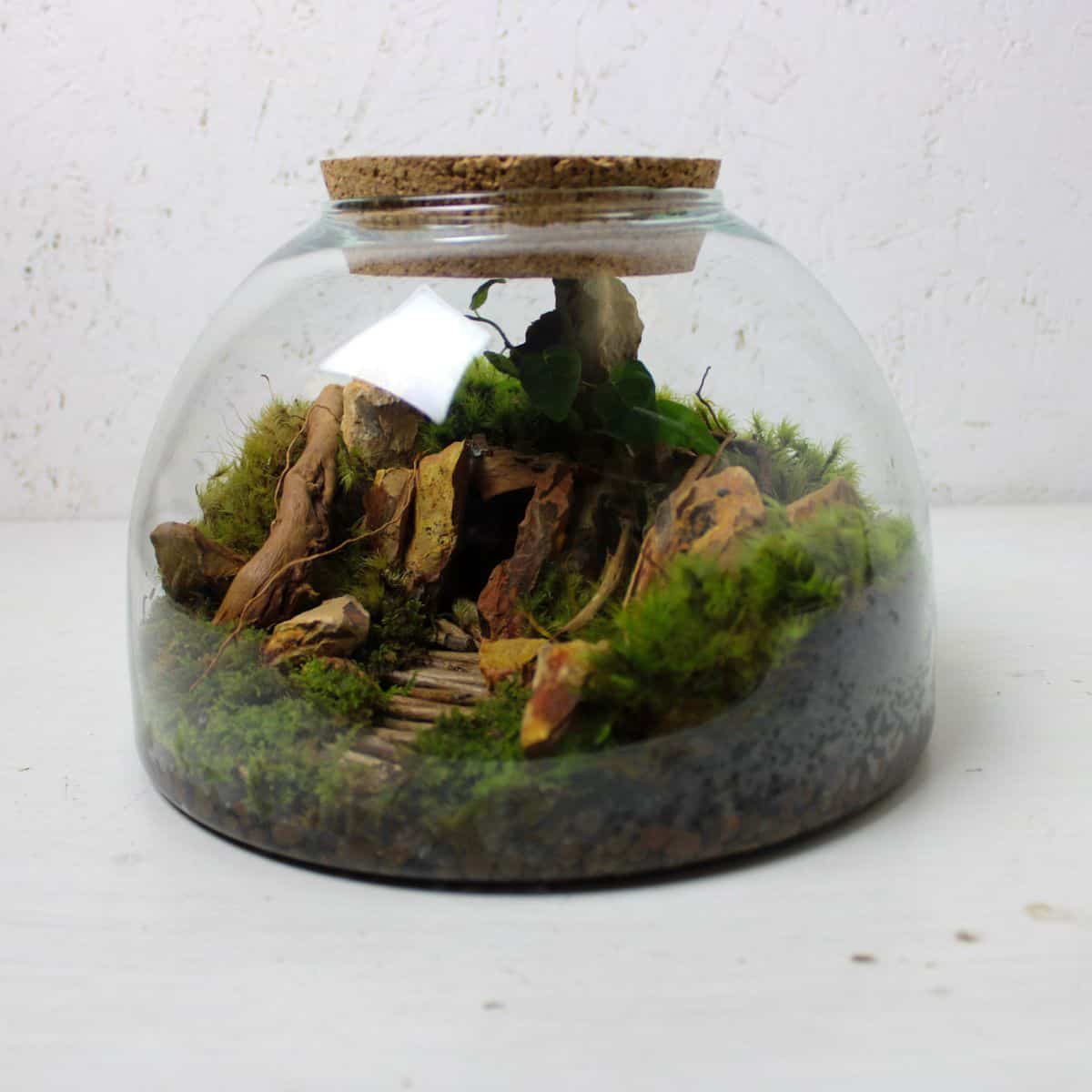
3 | Highlights
Dragon Stone may shine when utilized for scale, but that doesn’t diminish its ability to be used as a highlight within your design.
You can place boulders or small peaks in clusters or individually around your design. Whether it be to anchor plants, provide a surface for moss, or purely just to look good.
A more level terrain may be what you’re looking to achieve, with dapples of hardscape in between.
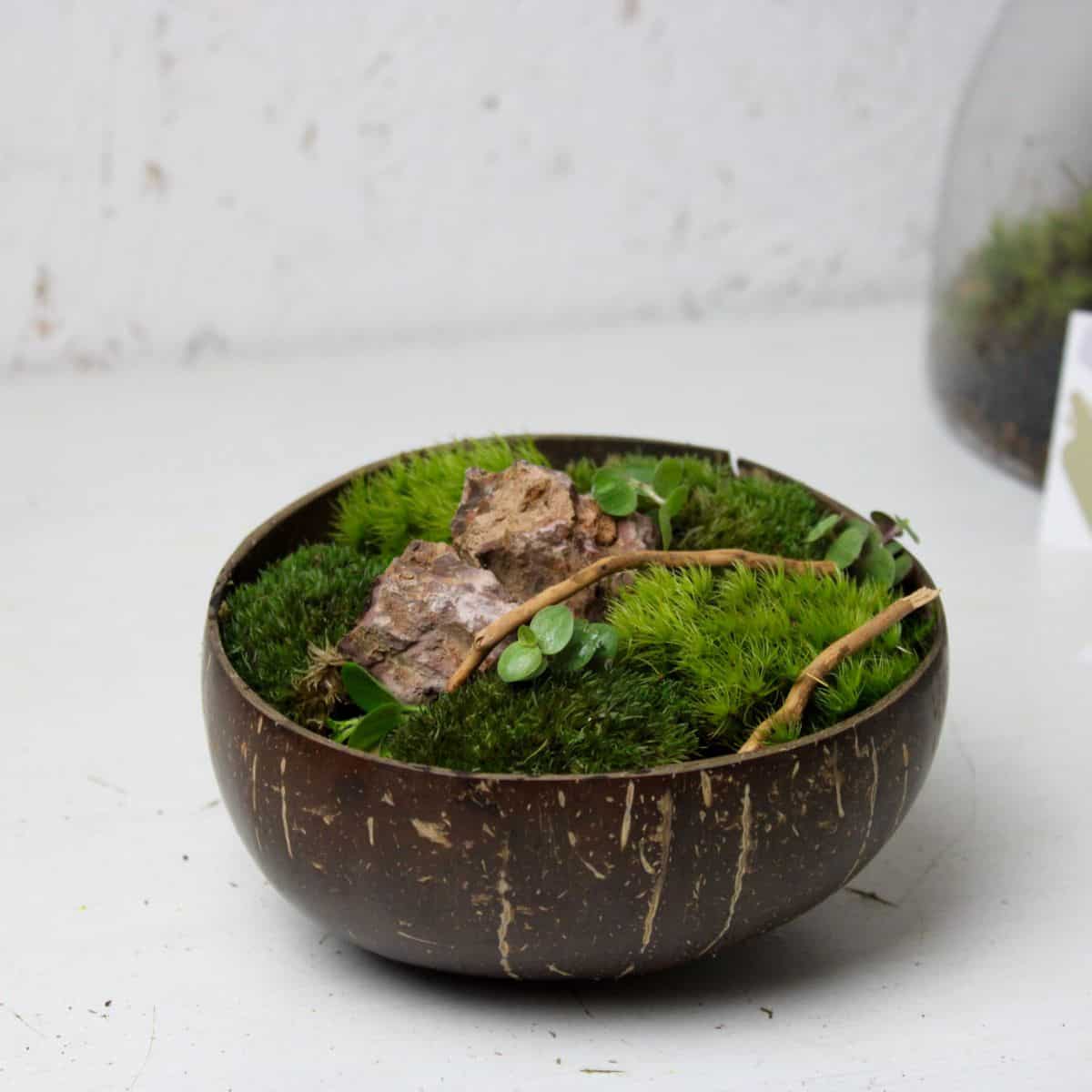
*Finally, a top tip for natural setups is to always consider scale if creating something naturally massive on a smaller magnitude.
Plants such as Asparagus Fern can emulate the appearance of a thick canopy, whilst various mosses replicate a dense, green overgrowth below.
Consider cuttings from plants such as Ficus pumila or Pilea glauca to highlight areas of your design.
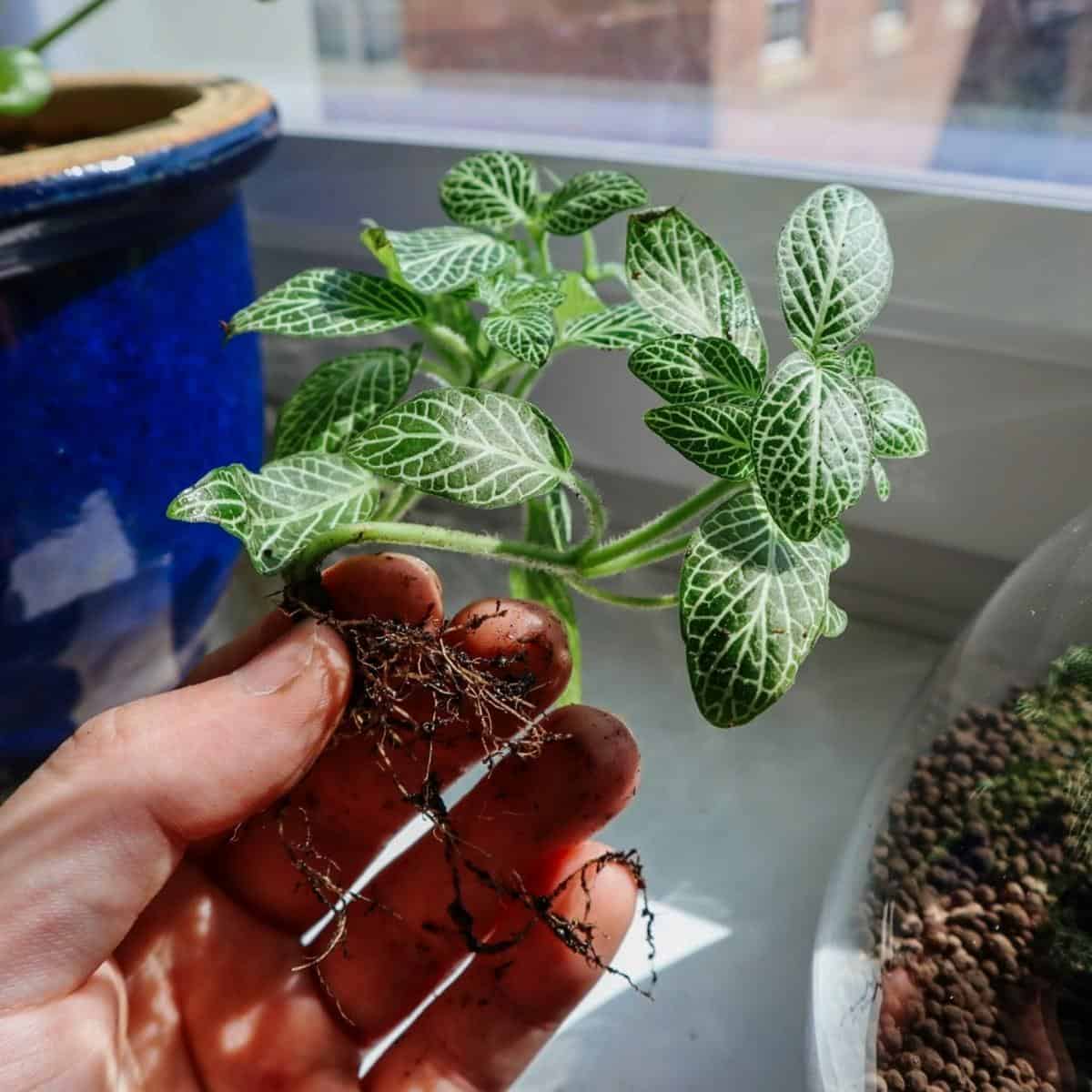
That’s All for Today
Dragon Stone is one of the most versatile hardscape materials you can choose.
It is affordable, sustainable, and easily manipulated.
The above is far from an exhaustive list of how you can use Dragon Stone. It is merely a springboard from which you can soar to new creative heights!
Comment below with any exciting ideas you’re experimenting with.
